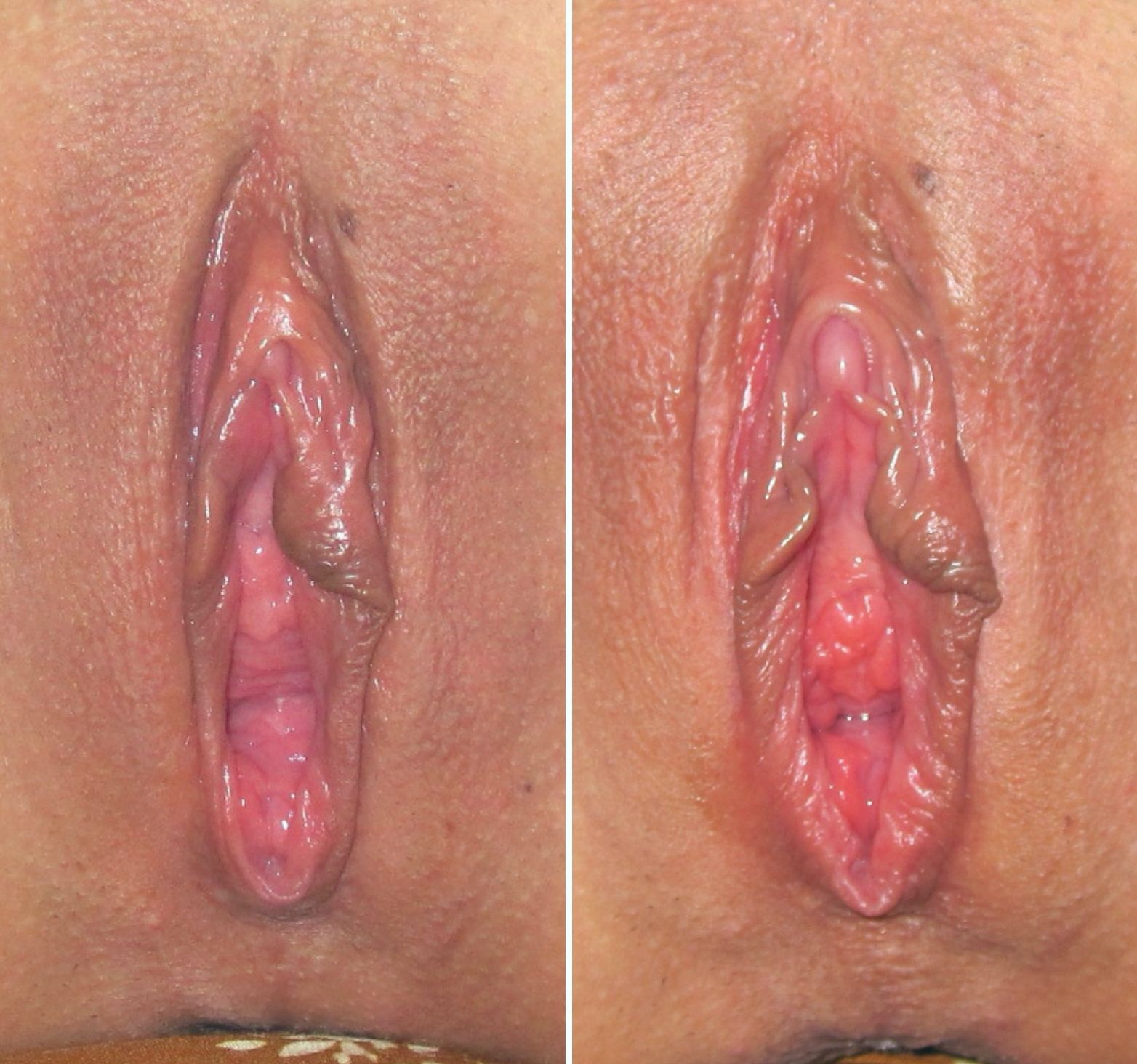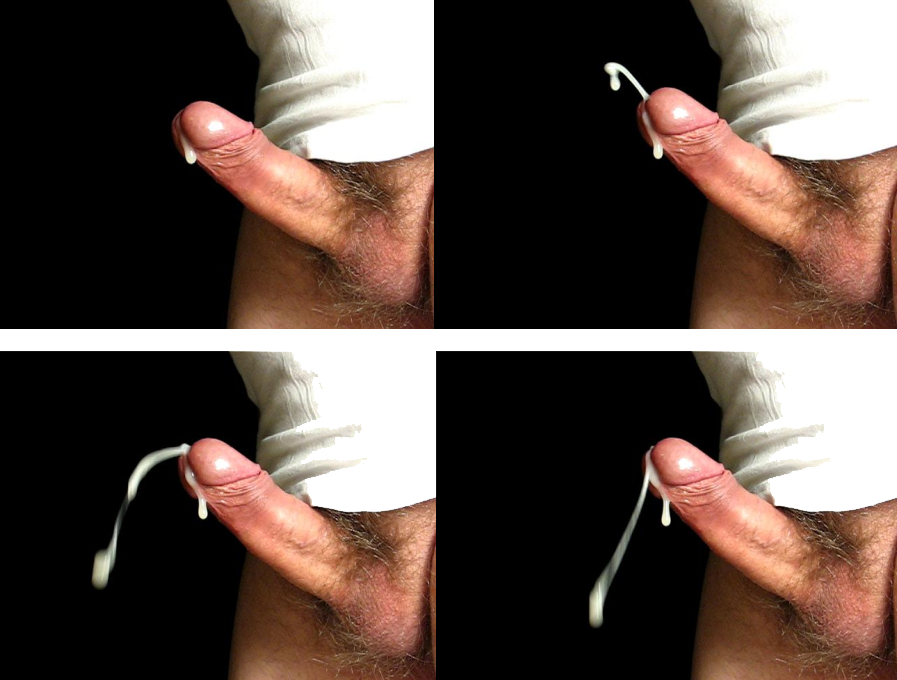|
Bulbospongiosus Muscle
The bulbospongiosus muscle (bulbocavernosus in older texts) is one of the superficial muscles of the perineum. It has a slightly different origin, insertion and function in males and females. In males, it covers the bulb of the penis. In females, it covers the vestibular bulb. In both sexes, it is innervated by the deep or muscular branch of the perineal nerve, which is a branch of the pudendal nerve. Structure In males, the bulbospongiosus is located in the middle line of the perineum, in front of the anus. It consists of two symmetrical parts, united along the median line by a tendinous perineal raphe. It arises from the central tendinous point of the perineum and from the median perineal raphe in front. In females, there is no union, nor a tendinous perineal raphe; the parts are disjoint primarily and arise from the same central tendinous point of the perineum, which is the tendon that is formed at the point where the bulbospongiosus muscle, superficial transverse ... [...More Info...] [...Related Items...] OR: [Wikipedia] [Google] [Baidu] |
Perineal Raphe
The perineal raphe is a visible line or ridge of tissue on the body that extends from the anus through the perineum to scrotum (male) or labia majora (female). It is found in both males and females, arises from the fusion of the urogenital folds, and is visible running medial through anteroposterior, to the anus where it resolves in a small knot of skin of varying size. In males, this structure continues through the midline of the scrotum (scrotal raphe) and upwards through the posterior midline aspect of the penis (penile raphe). It also exists deeper through the scrotum where it is called the scrotal septum. It is the result of a fetal developmental phenomenon whereby the scrotum and penis close toward the midline and fuse. See also * Raphe * Linea nigra * Embryonic and prenatal development of the male reproductive system in humans * Frenulum of prepuce of penis The frenulum of prepuce of penis, often known simply as the frenulum, is a highly erogenous elastic band of tiss ... [...More Info...] [...Related Items...] OR: [Wikipedia] [Google] [Baidu] |
Urogenital Diaphragm
Older texts have asserted the existence of a urogenital diaphragm, also called the triangular ligament, which was described as a layer of the pelvis that separates the deep perineal sac from the upper pelvis, lying between the inferior fascia of the urogenital diaphragm (perineal membrane) and superior fascia of the urogenital diaphragm. While this term is used to refer to a layer of the pelvis that separates the deep perineal sac from the upper pelvis, such a discrete border of the sac probably does not exist. While it has no official entry in Terminologia Anatomica, the term is still used occasionally to describe the muscular components of the deep perineal pouch. The urethra and the vagina, though part of the pouch, are usually said to be passing through the urogenital diaphragm, rather than part of the diaphragm itself. Some researchers still assert that such a diaphragm exists, and the term is still used in the literature. The urethral diaphragm is an anatomic landmar ... [...More Info...] [...Related Items...] OR: [Wikipedia] [Google] [Baidu] |
Deep Dorsal Vein Of The Penis
Deep or The Deep may refer to: Places United States * Deep Creek (Appomattox River tributary), Virginia * Deep Creek (Great Salt Lake), Idaho and Utah * Deep Creek (Mahantango Creek tributary), Pennsylvania * Deep Creek (Mojave River tributary), California * Deep Creek (Pine Creek tributary), Pennsylvania * Deep Creek (Soque River tributary), Georgia * Deep Creek (Texas), a tributary of the Colorado River * Deep Creek (Washington), a tributary of the Spokane River * Deep River (Indiana), a tributary of the Little Calumet River * Deep River (Iowa), a minor tributary of the English River * Deep River (North Carolina) * Deep River (Washington), a minor tributary of the Columbia River * Deep Voll Brook, New Jersey, also known as Deep Brook Elsewhere * Deep Creek (Bahamas) * Deep Creek (Melbourne, Victoria), Australia, a tributary of the Maribyrnong River * Deep River (Western Australia) People * Deep (given name) * Deep (rapper), Punjabi rapper from Houston, Texas ... [...More Info...] [...Related Items...] OR: [Wikipedia] [Google] [Baidu] |
Corpus Spongiosum
The corpus spongiosum is the mass of spongy tissue surrounding the male urethra within the penis. It is also called the corpus cavernosum urethrae in older texts. Anatomy The proximal part of the corpus spongiosum is expanded to form the urethral bulb, and lies in apposition with the inferior fascia of the urogenital diaphragm, from which it receives a fibrous investment. The urethra enters the bulb nearer to the superior than to the inferior surface. On the latter there is a median sulcus (groove), from which a thin fibrous septum (wall) projects into the substance of the bulb and divides it imperfectly into two lateral lobes or hemispheres. The portion of the corpus spongiosum in front of the bulb lies in a groove on the under surface of the conjoined corpora cavernosa penis. It is cylindrical in form and tapers slightly from behind forward. Its anterior end is expanded in the form of an obtuse cone, flattened from above downward. This expansion, termed the glans penis, ... [...More Info...] [...Related Items...] OR: [Wikipedia] [Google] [Baidu] |
Karl Friedrich Theodor Krause
Karl Friedrich Theodor Krause (15 December 1797 – 8 June 1868) was a German anatomist born in Hanover. In 1818 he received his medical doctorate from the University of Göttingen, and later attained the chair of anatomy at the surgical school in Hanover. His son Wilhelm Krause (1833–1910) was also an anatomist. Krause was one of the first anatomists to make extensive use of the microscope. He was the first physician to describe the transverse perineal ligament, sometimes referred to as "Krause's ligament". He also described the accessory tear glands of the eye. These glands are found under the eyelids where the lower and upper conjunctiva The conjunctiva is a thin mucous membrane that lines the inside of the eyelids and covers the sclera (the white of the eye). It is composed of non-keratinized, stratified squamous epithelium with goblet cells, stratified columnar epitheli ... meet, and are sometimes known as " Krause's glands". References Ophthalmology Hall of Fam ... [...More Info...] [...Related Items...] OR: [Wikipedia] [Google] [Baidu] |
Urination
Urination, also known as micturition, is the release of urine from the urinary bladder through the urethra to the outside of the body. It is the urinary system's form of excretion. It is also known medically as micturition, voiding, uresis, or, rarely, emiction, and known colloquially by various names including peeing, weeing, and pissing. In healthy humans (and many other animals), the process of urination is under voluntary control. In infants, some elderly individuals, and those with neurological injury, urination may occur as a reflex. It is normal for adult humans to urinate up to seven times during the day. In some animals, in addition to expelling waste material, urination can mark territory or express submissiveness. Physiologically, urination involves coordination between the central, autonomic, and somatic nervous systems. Brain centres that regulate urination include the pontine micturition center, periaqueductal gray, and the cerebral cortex. In plac ... [...More Info...] [...Related Items...] OR: [Wikipedia] [Google] [Baidu] |
Clitoral Erection
Clitoral erection is a physiological phenomenon where the clitoris becomes enlarged and firm. Clitoral erection is the result of a complex interaction of psychological, neural, vascular, and endocrine factors, and is usually, though not exclusively, associated with sexual arousal. Erections should eventually subside, and the prolonged state of clitoral erection even while not aroused is a condition that could become painful. This swelling and shrinking to a relaxed state seems linked to nitric oxide's effects on tissues in the clitoris, similar to its role in penile erection. Physiology The clitoris is the homologue of the penis in the female. Similarly, the clitoris and the erection of it can subtly differ in size. The visible part of the clitoris, the glans clitoridis, varies in size from a few millimeters to one centimeter and is located at the front junction of the labia minora (inner lips), above the opening of the urethra. It is covered by the clitoral hood. An ... [...More Info...] [...Related Items...] OR: [Wikipedia] [Google] [Baidu] |
Ejaculation
Ejaculation is the discharge of semen (the ''ejaculate''; normally containing sperm) from the male reproductory tract as a result of an orgasm. It is the final stage and natural objective of male sexual stimulation, and an essential component of natural conception. In rare cases, ejaculation occurs because of prostatic disease. Ejaculation may also occur spontaneously during sleep (a nocturnal emission or "wet dream"). '' Anejaculation'' is the condition of being unable to ejaculate. Ejaculation is usually very pleasurable for men; '' dysejaculation'' is an ejaculation that is painful or uncomfortable. Retrograde ejaculation is the condition where semen travels backwards into the bladder rather than out the urethra. Phases Stimulation A usual precursor to ejaculation is the sexual arousal of the male, leading to the erection of the penis, though not every arousal nor erection leads to ejaculation. Penile sexual stimulation during masturbation or vaginal, anal ... [...More Info...] [...Related Items...] OR: [Wikipedia] [Google] [Baidu] |
Orgasm
Orgasm (from Greek , ; "excitement, swelling") or sexual climax is the sudden discharge of accumulated sexual excitement during the sexual response cycle, resulting in rhythmic, involuntary muscular contractions in the pelvic region characterized by sexual pleasure.Se133–135 for orgasm information, anpage 76for G-spot and vaginal nerve ending information. Experienced by males and females, orgasms are controlled by the involuntary or autonomic nervous system. They are usually associated with involuntary actions, including muscular spasms in multiple areas of the body, a general euphoric sensation and, frequently, body movements and vocalizations. The period after orgasm (known as the refractory period) is typically a relaxing experience, attributed to the release of the neurohormones oxytocin and prolactin as well as endorphins (or "endogenous morphine"). Human orgasms usually result from physical sexual stimulation of the penis in males (typically accompanying ejac ... [...More Info...] [...Related Items...] OR: [Wikipedia] [Google] [Baidu] |
Erection
An erection (clinically: penile erection or penile tumescence) is a physiological phenomenon in which the penis becomes firm, engorged, and enlarged. Penile erection is the result of a complex interaction of psychological, neural, vascular, and endocrine factors, and is often associated with sexual arousal or sexual attraction, although erections can also be spontaneous. The shape, angle, and direction of an erection varies considerably between humans. Physiologically, an erection is required for a male to effect vaginal penetration or sexual intercourse and is triggered by the parasympathetic division of the autonomic nervous system, causing the levels of nitric oxide (a vasodilator) to rise in the trabecular arteries and smooth muscle of the penis. The arteries dilate causing the corpora cavernosa of the penis (and to a lesser extent the corpus spongiosum) to fill with blood; simultaneously the ischiocavernosus and bulbospongiosus muscles compress the veins of the ... [...More Info...] [...Related Items...] OR: [Wikipedia] [Google] [Baidu] |
Ischiocavernosus
The ischiocavernosus muscle (erectores penis ''or'' erector clitoridis in older texts) is a muscle just below the surface of the perineum, present in both men and women. Structure It arises by tendinous and fleshy fibers from the inner surface of the tuberosity of the ischium, behind the crus penis; and from the inferior pubic rami and ischium on either side of the crus. From these points fleshy fibers succeed, and end in an aponeurosis which is inserted into the sides and under surface of the crus penis. Function In females, the ischiocavernosus muscle assists with clitoral erection. In males, it helps to stabilize the erect penis An erection (clinically: penile erection or penile tumescence) is a physiological phenomenon in which the penis becomes firm, engorged, and enlarged. Penile erection is the result of a complex interaction of psychological, neural, vascular, a ... by compressing the crus penis and retarding the return of blood through the veins. Additional im ... [...More Info...] [...Related Items...] OR: [Wikipedia] [Google] [Baidu] |
Penis
A penis (plural ''penises'' or ''penes'' () is the primary sexual organ that male animals use to inseminate females (or hermaphrodites) during copulation. Such organs occur in many animals, both vertebrate and invertebrate, but males do not bear a penis in every animal species, and in those species in which the male does bear a so-called penis, the penises in the various species are not necessarily homologous. The term ''penis'' applies to many intromittent organs, but not to all. As an example, the intromittent organ of most cephalopoda is the hectocotylus, a specialized arm, and male spiders use their pedipalps. Even within the Vertebrata there are morphological variants with specific terminology, such as hemipenes. In most species of animals in which there is an organ that might reasonably be described as a penis, it has no major function other than intromission, or at least conveying the sperm to the female, but in the placental mammals the penis bears the d ... [...More Info...] [...Related Items...] OR: [Wikipedia] [Google] [Baidu] |





.jpg)